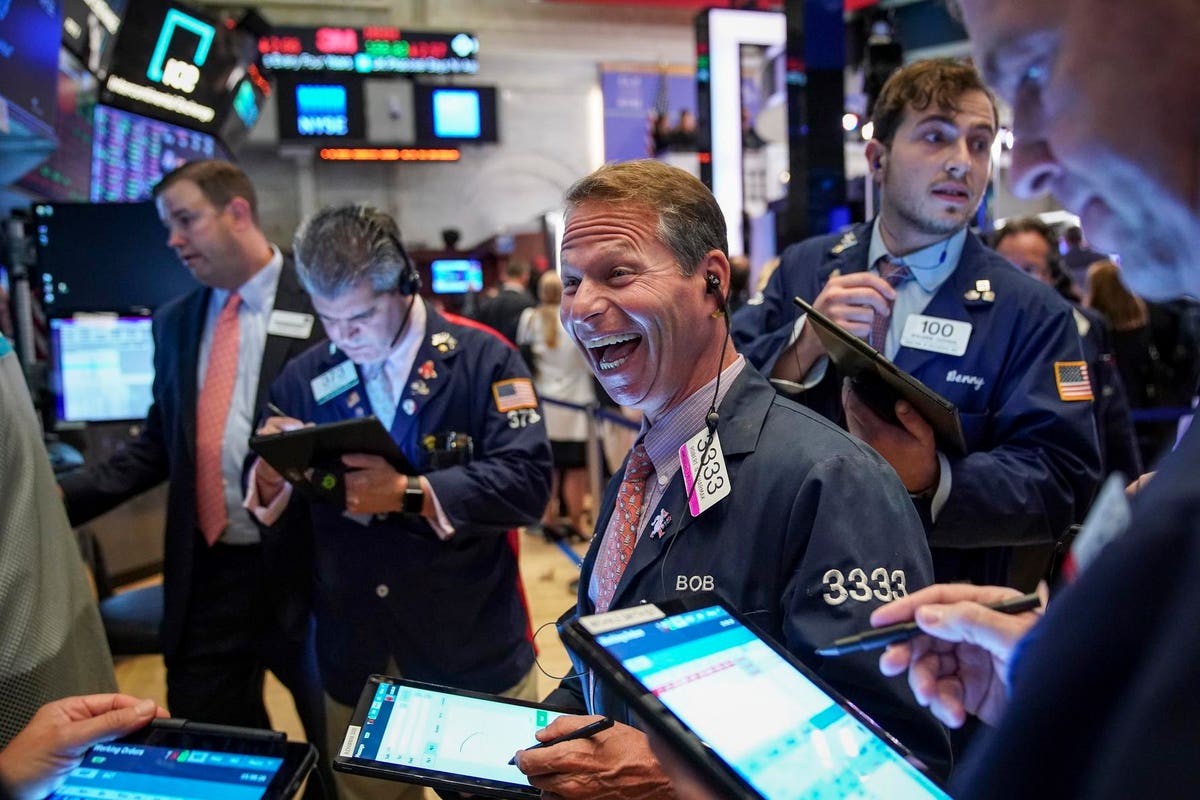As the U.S. economy has held up better than expected in the face of rising interest rates, some economists are starting to predict a soft landing, or even no landing at all for the U.S. economy. However, the yield curve remains inverted, bankruptcy rates are spiking and other leading indicators are moving in the wrong direction, which could suggest economic weakness despite a broadly encouraging read from the jobs data and stock prices.
The Historic View
Historically, rising interest rates have been associated with recessions. That’s one reason an inverted yield curve is a cause for alarm in financial markets. However, the U.S. economy has so far continued to grow as interest rates have risen sharply. That’s in part, due to a robust job market with unemployment remaining at low levels for longer than many expected. Still, based on how inverted the yield curve is, analysis from researchers at the New York Federal Reserve implies a 67% chance of a recession on a 12 month view as of June.
Bankruptcies Rising
Bankruptcies can indicate stress in the economy. Commercial chapter 11 filings have risen 68% year-over-year for the first six months of 2023 according to Eqip Bankruptcy based on an analysis of U.S. court data. This sharp uptick compared to last year, may suggest that the U.S. economy is less healthy than it appears.
However, jobs data is perhaps the broadest metric for assessing the health of the U.S. economy and as of June, U.S. unemployment remains at the historically low level of 3.6%. It remains to be seen if rising bankruptcies translate to job losses, or if expansion in other firms can pick up the slack.
Leading Indicators
Bankruptcies aren’t the only indicator that is pessimistic. The Conference Board’s Leading Indicators are implying a recession is near. Now, an inverted yield curve is a component of that analysis. However, new orders and consumer expectations are also weak without many offsetting encouraging signs, leading the series to imply that a recession may be on the horizon.
Stock Market Not Following The Script
However, despite concerns about economic metrics including bankruptcies and new orders the stock market remains vibrant so far this year. The S&P 500 is up almost 20% so far in 2023, as the market shrugs off growth concerns. Historically, the bond market rather than the stock market has the stronger track record in calling recessions, but the strength of equity markets should not be overlooked.
A Mixed Picture
The Federal Reserve continues to talk about rising rates further as, is their view, inflation remains the major concern. However, the U.S. economy has so far held up better in the face of high rates than historically, due, in large part, to a resilient job market. Leading indicators, the yield curve and now bankruptcies rising, do suggest a recession. Still, the stock market is not seeing it, and it may take a faltering job market to produce a recession, which hasn’t been the case yet.
If the U.S. economy does avoid a recession, then it will be a severe dent to the track record of many indicators that have successfully called recession in the past. However, it’s still too early to make the call that the U.S. economy has dodged a bullet.
Read the full article here













